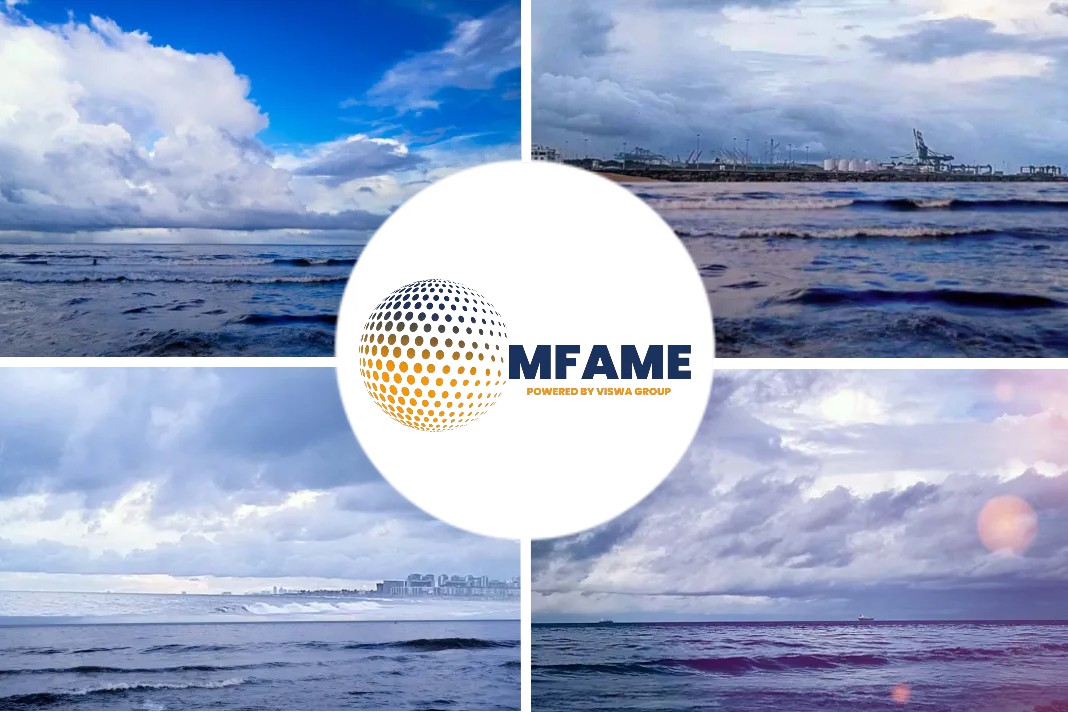- The release of ISO 6583:2024 establishes the first global standard for methanol as a marine fuel, arriving just before the FuelEU Maritime regulation takes effect.
- With over 342 methanol-capable vessels on order, the fuel is becoming central to meet EU emission targets, reducing GHG intensity by 2% starting in 2024.
- Canada, India, Norway, and Hong Kong are ramping up efforts in green hydrogen, ammonia production, and carbon-neutral shipping strategies.
With FuelEU Maritime regulations requiring ships to reduce GHG intensity by 2% from January 2024, the ISO 6583:2024 release is timely. This regulation, coupled with the growing focus on green methanol, highlights a global shift towards sustainable maritime solutions. Here’s a detailed breakdown of the developments shaping the future of shipping, reports Engine.
Milestone in Methanol Standards
The new ISO standard provides long-needed clarity for methanol quality, filling a gap that previously complicated pricing and operational consistency.
Broad IMPCA specifications were earlier used, but lacked specificity for engine makers and bunker buyers.
FuelEU Maritime Regulation
Effective from January 2024, the regulation mandates a 2% GHG intensity reduction for EU-bound vessels, increasing to 80% by 2050.
Green methanol is a leading contender to meet these targets, especially for shipowners aiming for over-compliance incentives.
Methanol’s Rise in Shipping
43 methanol-capable vessels are operational globally, with 342 more expected by 2033, indicating rapid adoption.
Regulatory incentives and rising dual-fuel vessel numbers are driving this shift.
Challenges in Methanol Adoption
The lack of standardization until now made quality and pricing for methanol, especially biomethanol, inconsistent.
The new standard aims to address these bottlenecks, smoothing the path for wider adoption.
Canada’s Green Energy Plant Plans
EDF Group and Abraxas Power announced a massive plant in Newfoundland to produce 200,000 mt/year of green hydrogen and 1 million mt/year of green ammonia.
The project will rely on 3 GW of onshore wind power, setting a benchmark for renewable energy utilization.
India and Norway’s Collaboration on Green Shipping
Bilateral discussions focused on green hydrogen production and carbon capture utilisation and storage (CCUS).
These collaborations could pave the way for scalable green shipping solutions in the future.
Hong Kong’s Decarbonisation Goals
Hong Kong targets an 11% reduction in emissions from registered ships by 2026, aligning with IMO decarbonization strategies.
This includes plans for a domestic shipping strategy to achieve carbon neutrality.
LNG Emissions Exceed Assumptions
Transport & Environment (T&E) reported that LNG imported into Europe has 24.4 gCO2e/MJ of upstream emissions, 30% higher than FuelEU Maritime’s assumed figures.
This raises questions about LNG’s role as a sustainable alternative fuel.
Green Shipping Momentum Builds Globally
As methanol gains traction, countries like Canada, India, and Norway are also increasing investment in alternative fuels.
Strategies range from regulatory policies to large-scale renewable energy projects.
The Road Ahead for Sustainable Shipping
The combined impact of regulations, ISO standards, and innovative green energy projects signals a transformative decade for the maritime sector.
Methanol’s role as a green alternative will likely expand, supported by emerging standards and infrastructure.
Did you subscribe to our daily Newsletter?
It’s Free Click here to Subscribe!
Source: Engine

























